Spider mite on indoor plants: how to fight at home?
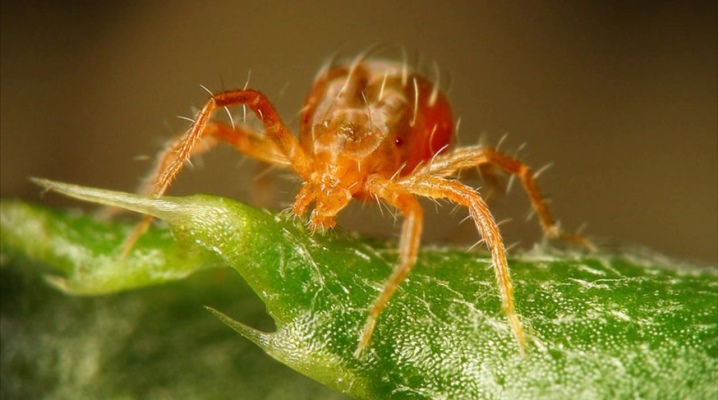
If there are indoor plants in the house, the grower periodically has to deal with attacks of pests, one of the most unpleasant and dangerous is the well-known spider mite. It has a very small size and is able to allocate cobwebs, thanks to which it can move, and also protect its clutches. Ticks can live on a wide variety of crops, as they are omnivorous.
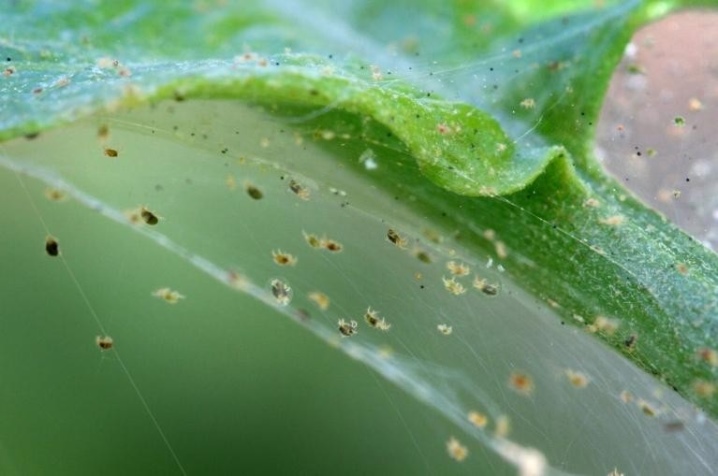
Reasons for the appearance
Florists often wonder where this pest comes from. Spider mites can appear on indoor plants for several reasons.
If new plants have appeared at home, they must be checked. - it is possible that they are amazed. However, due to the fact that detection of ticks can be difficult due to their small size, inspection is not always effective. Therefore, it is best to organize quarantine for such plants for a little over 2 weeks to make sure that there are no pests.

Similar mites can be found in the ground. In this case, infection occurs at the time of plant transplantation and rejuvenation. Purchased land is no exception - it must also be processed before use.
Many of these animals live in vegetable gardens. Accordingly, exposing plants to gardens and balconies can pose a hazard. Also, ticks can be carried by the wind through open windows, and most houseplants are located on window sills.
One cannot fail to mention the danger of old flower pots, which many growers prefer to keep in closets. They need to be processed before use. Also, pests can cling to the clothes of a person returning from the street.
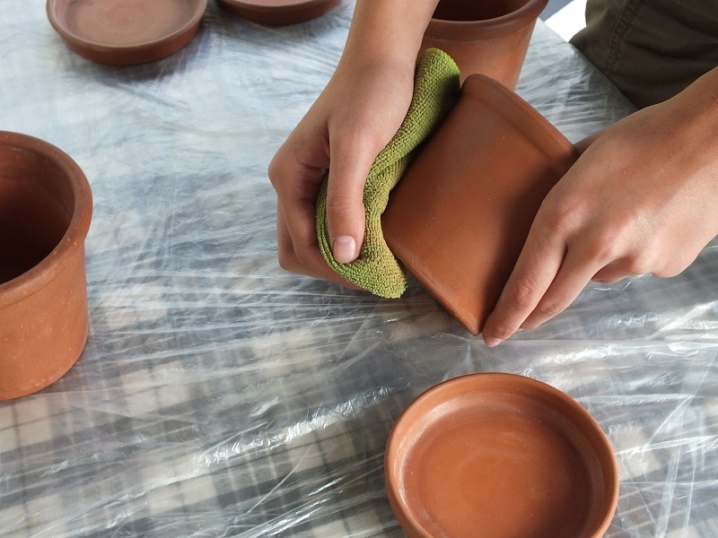
Signs of plant damage
Specialists call the spider mite the ideal pest. It is able to multiply very quickly, is omnivorous and at the same time easily goes into diapause if conditions are not too favorable for life. The clutches left by the female and covered with cobwebs can be found on the walls of the containers, on the leaves from below, as well as in the ground itself. The eggs have a smooth shell. They can remain viable for several years without dying due to adverse conditions, but simply slowing down their development.
Plant habit indicates mite infestation. The main sign is the presence of a thin web, which is located at the bottom of the leaf plate and is a protective barrier for the ticks themselves, as well as for their eggs and larvae.
If the infection is very severe, the plant will be visibly enveloped in such a net that collects dust and excrement from these small animals. but some species of pest practically do not weave a web.

Eggs are another sign of infection, but it should be noted that they are very difficult to see. The fact is that the diameter of each is less than a millimeter, in addition, they are very light or even translucent... They are located in small groups, from 1 to 3 eggs in each, and are covered with a protective layer of cobweb, which creates the most suitable conditions for development. It takes 3 days for the larvae to appear.
Such a mite eats plant sap. He can get it from anywhere in the flower. Small light spots appear on the affected area, they are best seen on the leaves.This leads to a slowdown in photosynthesis and disruption of intercellular structures, respectively, their proper functioning becomes impossible.

These specks grow over time and lead to yellowing of the leaves. They dry out in small areas, they also become sluggish and inelastic. Cobweb plaque forms on top.
Finally, the last stage can be called leaf fall... The spots on their surface join, the sheet plate dries and falls off. The more pests are on the plant, the faster they are able to destroy it.
Views
To fight a pest, you need to know exactly how it looks. Such a mite is arachnid, its body usually has a length of 0.2 to 1.2 mm. However, some varieties can grow up to 5 mm in size. The life cycle of individuals is from 8 to 40 days. It takes about a week for a viable mite to develop from the egg, ready for reproduction.
Most often, it is difficult to consider the animal itself, its appearance is identified by the appearance and condition of the plant.

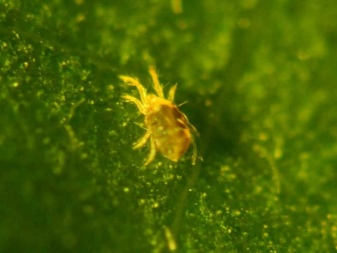
There are quite a few varieties, but not all of them affect indoor plants.
Ordinary
This variety can be considered the most dangerous and common. The main problem is omnivorous, with the exception of conifers.
These arachnids attack crops and may well live on indoor plants. Their size is about half a millimeter. Both eggs and adults are yellow-green in color. Crops are eaten at the root. Several offspring appear annually.

Red
These pests have a particular weakness for indoor flowers. For example, roses, lemons, orchids and others suffer from them. Such mites are very thermophilic, so they reproduce well at home. Females are brighter than males.
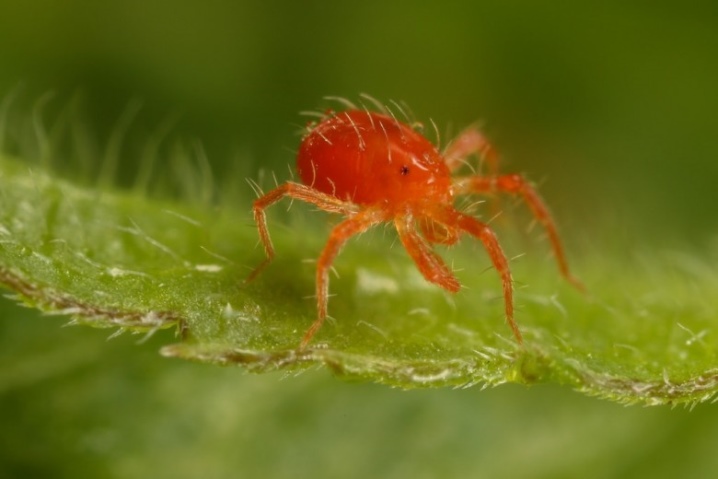
Atlantic
These small green-yellow pests can grow up to 0.4 mm in size. The most comfortable conditions for reproduction are warm and high humidity. Of indoor plants, palms and citrus are preferred.
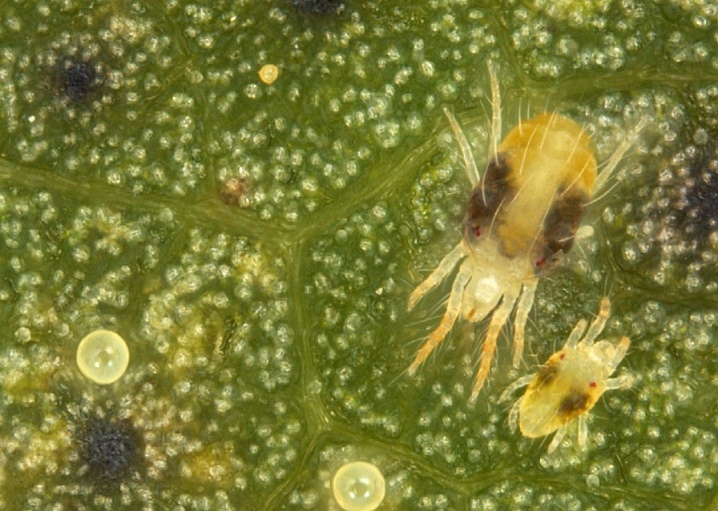
False
The false mite differs in that it does not entwine the plant with cobwebs. It is very small, approximately 0.2 mm. The colors can be red or green. Such pests attack citrus fruits, orchids and palms.
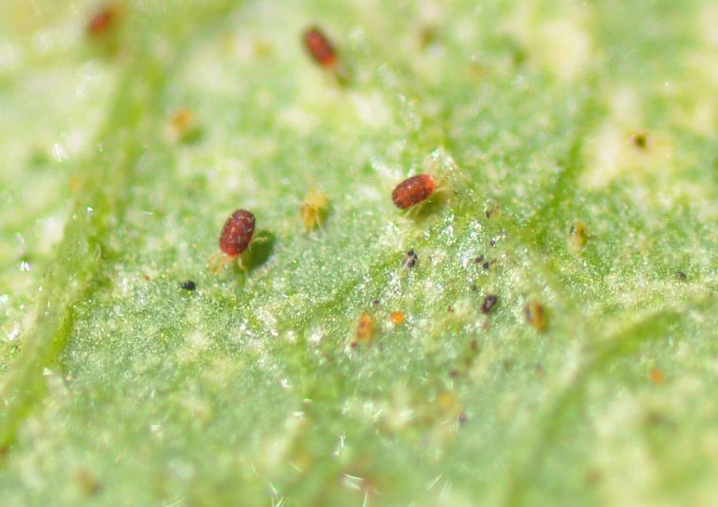
Cyclamen
As the name suggests, the pest is an adherent of certain crops. Most often it affects cyclamens. If they are not found, they will settle on geraniums or gloxinia.
Cyclamen spider mites often live in greenhouses. The most comfortable conditions for its active development are high humidity and warmth. It is very small, capable of reaching a maximum size of 0.2 mm, so it is rather difficult to consider it.
Clusters of pests resemble dust in appearance.

Wide
Such a mite very rarely lives in garden plots, preferring indoor plants. It is not too difficult in terms of struggle, as it usually hides its clutches poorly. May appear mainly on cacti, figs or citrus fruits.
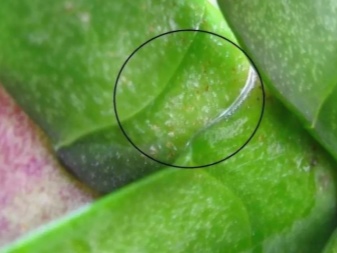

Cactus flat
Such mites are also known as flat beetles. It does not weave a web, for this reason it is not striking, and problems may arise with finding it. Prefers to eat citrus fruits.
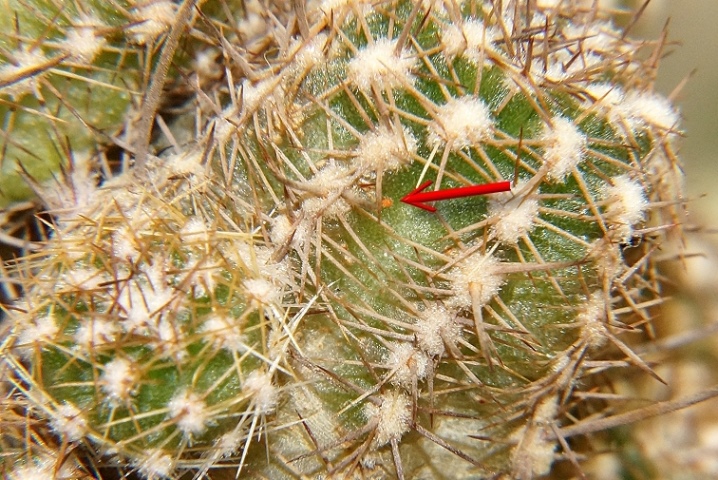
Clover
Despite the fact that this pest is recognized as a lover of cereals, it can often be found on domestic plants. It has long legs and moves fairly quickly, hitting large areas. In apartments he prefers to settle on ficuses and pereromii.
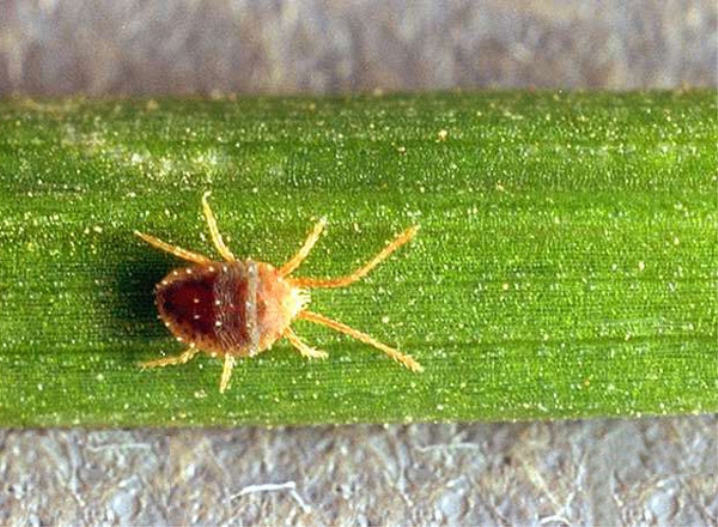
Ways to fight
Killing spider mites is not easy. He easily enters diapause under unfavorable conditions, leaving it very quickly.
There are basic rules for pest control. Let's consider them in more detail.
The affected plant must be isolated from others.The pot and the place where it is located must be processed regularly. The ground is protected with polyethylene during spraying.
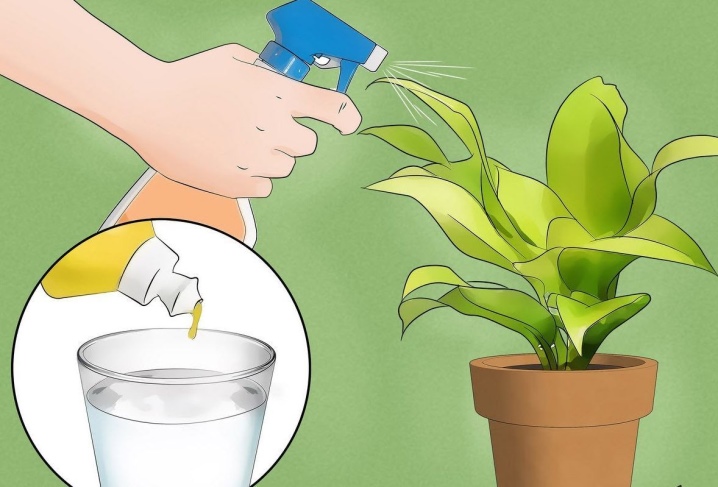
If some parts of the flower have too strong a concentration of cobwebs and pests, it is better to remove them. It is also important to periodically replace processing tools so that addiction does not form. Repeated measures are carried out at the time specified in the instructions, even in the case when arachnids are not noticeable on the surface.
When the treatment is over, it is better to transplant the plant into a new pot. In this case, the root system must be treated with biological products, and the soil must be disinfected.

Special means
Chemical preparations require adherence to dosage and frequency of use. They are divided into two subgroups, consisting of acaricides and insectoacaricides. Experts believe that the most powerful effect will be achieved if formulations with different active components are alternated with each other.
When using chemicals, it must be borne in mind that this pest is not an insect, so there will be no result from the use of insecticides. Let's consider the most popular drugs.
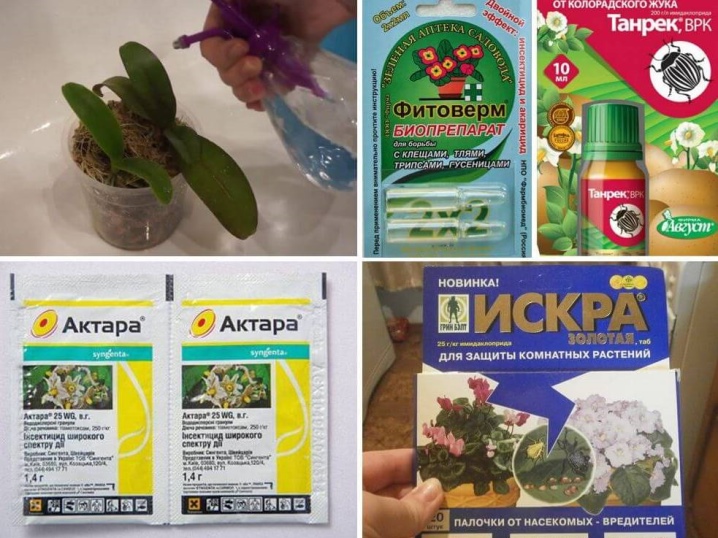
"Actellik" is in great demand. It affects both insects and arachnids with equal success, which are ticks. However, it is very toxic, therefore, when processing indoor plants, it is recommended to take them outside, for example, on a balcony.
This drug is very effective, therefore it can be used even with severe infections. It even destroys exotic species of ticks, which are rarely found on the territory of our country. The only drawback is that it does not have a negative effect on eggs, for this reason, it will not work to be limited only to them.
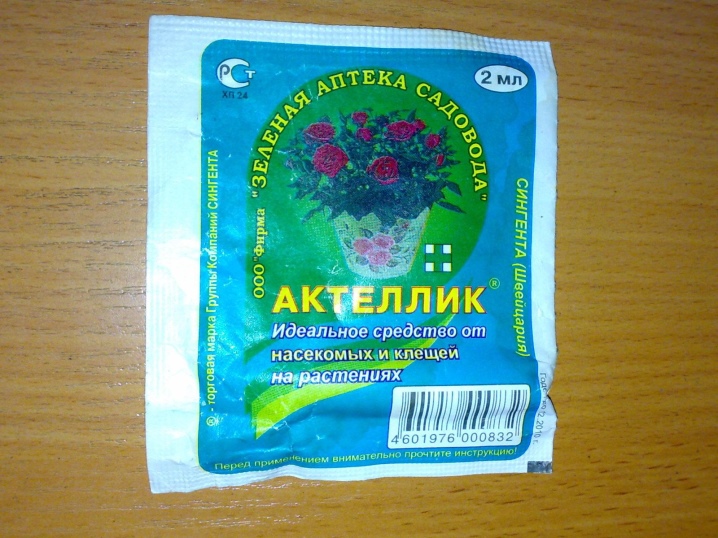
Another well-known acaricidal drug is Fitoverm. It is much less toxic than the previous remedy, therefore it can be used even in closed rooms. However, the treated plants must be placed out of the reach of children and animals. It is allowed to use the drug without a mask and gloves, the main thing is to thoroughly wash your hands and wash your face after spraying. Affects larvae and adult mites without killing egg clutches.
This drug may have another name - "Kleschevit". It should be noted that maximum efficiency is achieved when the ambient temperature is between 22 and 28 degrees. Without this condition, the impact is significantly reduced.
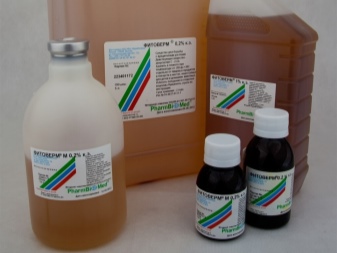
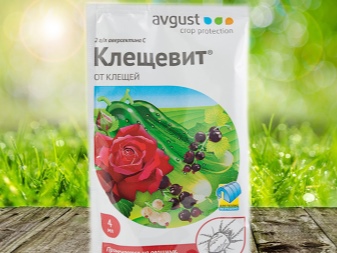
If you want to destroy not only pests, but also their eggs, you can use the drug "Neoron"... It is quite toxic, therefore, when used indoors, care must be taken to ensure good ventilation. However, experts recommend using the product repeatedly to eliminate all ticks. According to the instructions for use, there should be at least three treatments, and the interval between them should be from 3 to 5 days.

The drug "Sunmight" has a similar effect., which destroys not only adults and larvae, but also egg clutches. The main nuance is that it is used only once every 6 months, otherwise the ticks will acquire immunity. The impact occurs only with direct contact, this moment must be taken into account in the processing process, which must be carried out as carefully as possible.
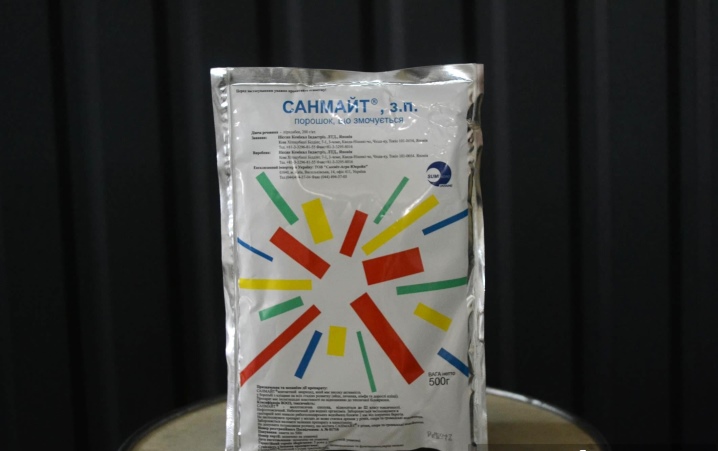
Quite often for getting rid of spider mites a drug called "Aktara" is used... It is very popular in the fight against various types of insect pests. However, experts warn that spider mites are not insects, so the remedy may be ineffective. At the same time, many growers speak positively about the experience of using the poison in this particular direction.
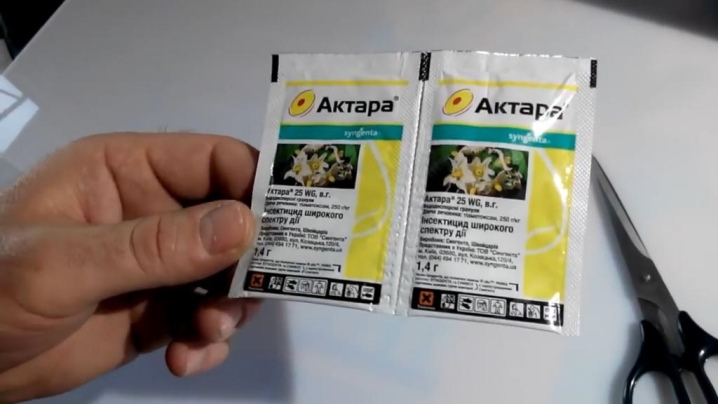
Traditional methods
You can remove a spider mite using traditional methods. They are safer and can be used without anxiety in rooms where children and pets are. Turning to home remedies is advisable when the infection has just begun and the tick has not yet had time to exert too strong an effect on the plant.
Florists recommend using medical alcohol in the fight. It is diluted in water in proportions of 1: 10, after which a small cloth is moistened with the solution, with which each leaf of the plant is processed. This method does not affect the egg clutches, but it allows you to get rid of adult mites.
I must say that this method cannot be used on plants with a thin and sensitive surface: fuchsia, rose or petunia. It is effective when the pest has not had time to lay eggs. This tool is suitable, for example, for processing ficus or dieffenbachia.

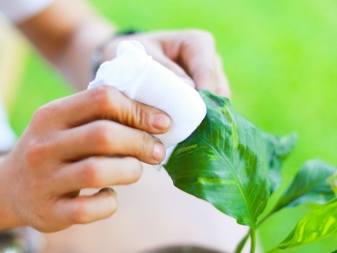
Besides, spider mite does not like exposure to tobacco smoke very much... This method cannot be called the safest for a person, however, in the case when there are smokers in the family, this bad habit can be used for good. It is enough to place the plant next to the smoking area.
Toxins and combustion products contained in tobacco smoke can have a negative effect on the tick. However, at the same time, it is absolutely safe for larvae and egg clutches.

Common laundry soap is very popular for getting rid of various types of pests. It is most convenient for them to treat plants with large leaves. With the help of soap, a thick foam is whipped, which is applied to the sheet plates and leads to the formation of a dense film that does not allow the mite to breathe and feed. The foam is left on the flower for 3-5 hours, after which it is gently washed off in the shower with a gentle pressure of warm water. After water procedures, the plant must be immediately covered with polyethylene, which will prevent the rapid evaporation of moisture.
I must say that these actions will be disastrous for adult pests... However, additional processing may be required to get rid of the eggs.
This method of struggle is considered one of the most common and affordable.

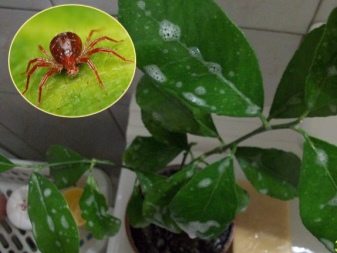
Helps in the fight against spider mites and garlic. One large head is rubbed on a grater or finely chopped, after which it is poured with 3 liters of water. The tincture is prepared within 5 days. After this time, it is filtered and used to spray the leaves of the plant. The method is recognized as quite effective, but only at the very beginning of the infection, when the number of ticks is not too large.

Prevention measures
The main task of flower growers is to constantly monitor indoor plants. Only in this case it is possible to notice the appearance of pests in time. We must not forget that all new flowers should only reach the rooms after quarantine measures, which usually last 2 to 4 weeks... Also, processing with folk remedies will be useful.
So, one of the main preventive measures is regular examination. The fact is that the pest can appear completely unexpectedly, being introduced, for example, through a window or clothes from the street. You can use glasses or a magnifying glass for inspection.
The lower part of the leaves is checked most carefully, this is where animals usually settle. If the plant has dry and unhealthy parts, they should be removed.
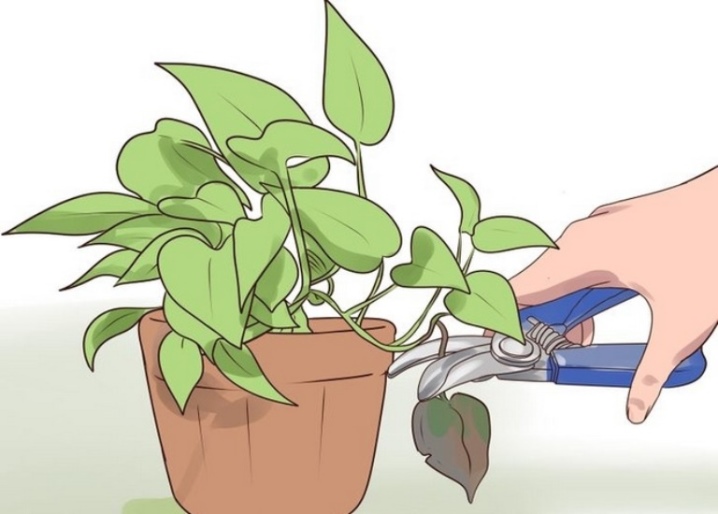
It is also very important to observe a certain microclimate. Ticks feel as comfortable as possible when the air in the house is dry and warm. This is especially true in winter. Most often, plants are located on the windowsill, respectively, there are heating radiators nearby, which contributes to dry air.
Moisture maintenance can be organized in several ways. For example, a florist can arrange basins of water around the apartment or use a special humidifier.Direct sunlight and drafts also have an adverse effect on ticks, so you should regularly arrange ventilation.
If there is not enough sun in the room, you can use ultraviolet lamps.

Spraying should also be carried out. They help to wash away the cobwebs, and also cause many inconveniences for ticks. However, you must not overdo it, because there are also cultures that do not like moisture, for example, violets.
Rinse the foliage of the plants under running water every month. For this, the earth is covered with a waterproof film, and the bush itself is watered with water from the shower. The pressure should not be too strong, and the temperature should be within 25-35 degrees.
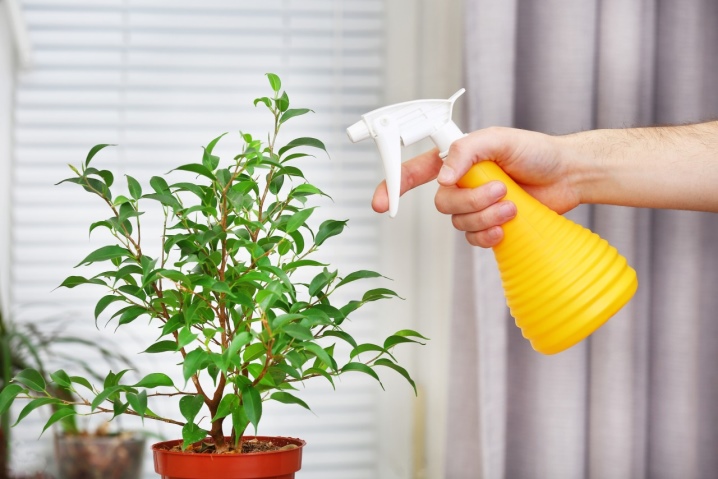
We must not forget that any soil should be disinfected. The most common methods are freezing and roasting in the oven. These procedures allow you to destroy not only the larvae, but also the eggs, even if they are initially invisible.
Spider mite control is a very difficult and time-consuming exercise. It is not always effective, and in some cases the plant may simply die. Therefore, prevention and detection of the problem at its earliest stages are very important.

For information on how to deal with spider mites on indoor plants, see the video below.































Thanks for the great video.
The comment was sent successfully.